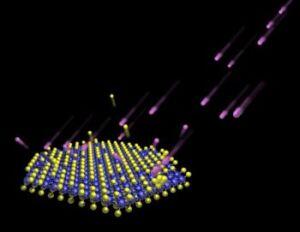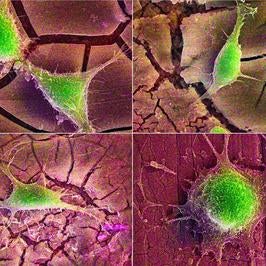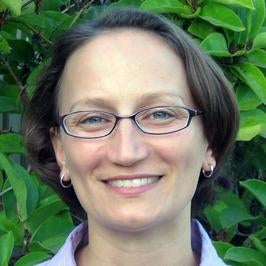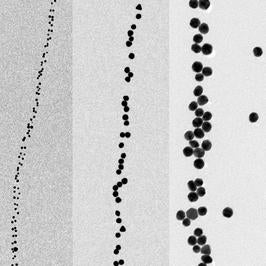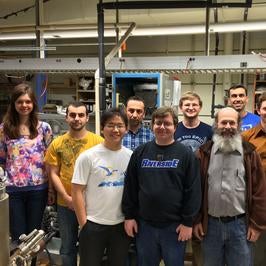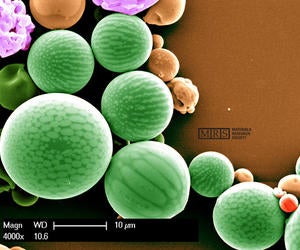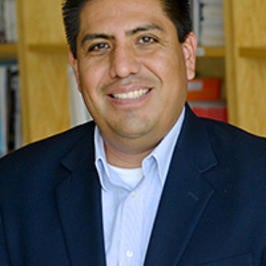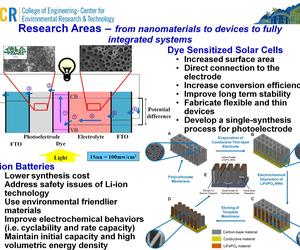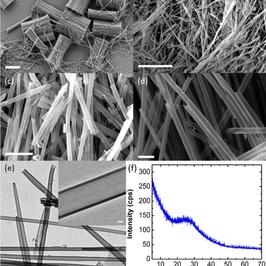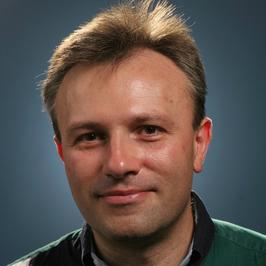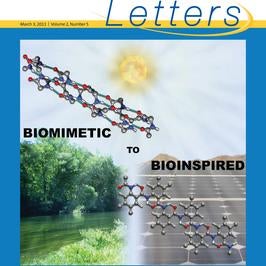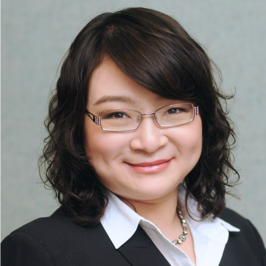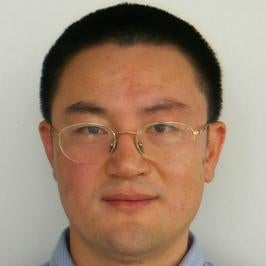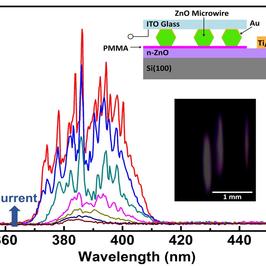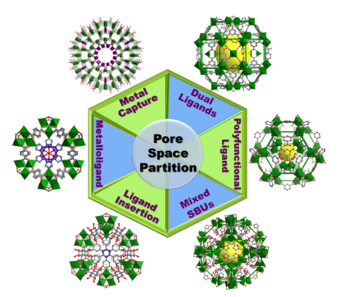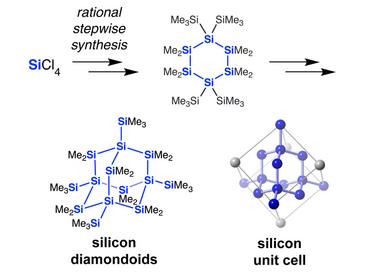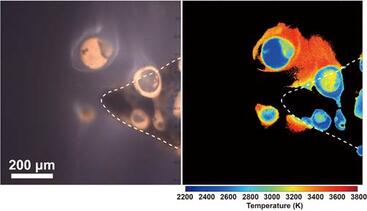Research Projects
The following list highlights a number of representative research projects and participating faculty at UCR. Not every research group participates each year; over the years, there were probably about 50 groups participating. If you consider applying to MacREU, check out which of the research groups listed below meet your interests best. Describe that in your application. Once you will be invited for an interview, we will tailor the research project to your personal interests.
Ludwig Bartels
Professor of Chemistry
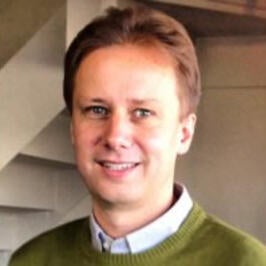
The Bartels Lab investigates the growth of molybdenum disulfide and related materials at the single-layer limit. Like graphene, molybdenum disulfide can be prepared a single atomic layer thick. Unlike graphene, it is a semiconductor and as such offers many applications in microelectronics. In addition, it contains heavy atoms (molybdenum atoms), that allow spin-orbit coupling and may pave the way for future spin-based electronics. MoS2’s bandgap is well-aligned for photocatalytic water splitting. The material has been used for a long time in the reduction of sulfur contents in gasoline and it may also have applications as a catalyst for alcohol formation from syngas, etc. Summer researchers will investigate the growth of related materials, such as transition metal selenides and tellurides into single-layer films.
Lab Wesbite
Francisco Zaera
Professor of Chemistry
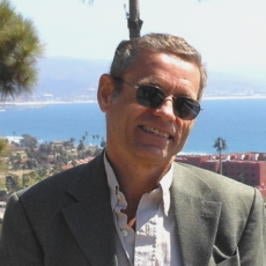
The overall goal of our research is to understand the mechanism of surface reactions at the molecular level. We focus on problems in catalysis and materials science.
Huinan Liu
Professor of Bioengineering and Materials Science and Engineering
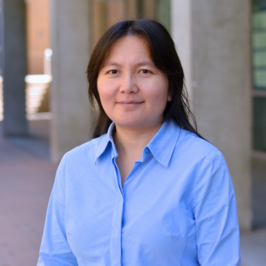
Dr. Liu’s research involves design, fabrication and evaluation of novel biomaterials for tissue regeneration, controlled drug delivery, and medical implant/device applications. Medical applications of nanomaterials and nanotechnology are actively explored through both fundamental studies and applied research. Materials studied in the lab include polymer, ceramic nanoparticles, polymer/ceramic nanocomposites and bioresorbable metals. Students will be involved in developing new materials and coatings that stimulate stem cells toward bone repair or nerve regeneration. Students will acquire lab skills in material synthesis, characterization, electron microscopy, coating deposition, fluorescence microscopy, and mammalian cell culture studies.
Jory Yarmoff
Professor of Physics

Dr. Yarmoff investigates the physical and chemical properties of solid surfaces and interfaces, chemical reactions at surfaces, and particle-surface interactions, with applications in nanoscale materials, semiconductor processing, tribology, catalysis, and environmental sciences.
Roger Lake
Professor of Electrical & Computer Engineering; Material Science & Engineering
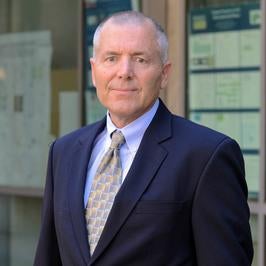
My home department is ECE, and I am a professor in the MSE Program and a cooperating professor in Physics and Astronomy. My lab is the Laboratory for Terahertz and Terascale Electronics (LATTE). The LATTE group works in an interdisciplinary field that bridges computational materials and computational electronics. The group develops and applies theory and computation to understand state-of-the-art materials as they apply to electronic, spintronic, and thermoelectric device performance. Current projects include (i) the electronic structure, electronic transport, and vibrational modes of heterolayers of 2D materials including graphene, BN, transition metal dichalcogenides, and the III-VIs; (ii) topological insulators; (iii) Skyrmions, (iv) spin superfluidity, and (v) magnon-phonon interactions. The most current publication list is on Google Scholar.
Pingyun Feng
Professor of Chemistry
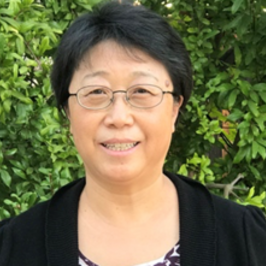
Feng’s research focuses on the synthesis, characterization and applications of various types of functional solid-state materials. These materials range from porous metal-organic framework (MOF) materials to high-surface-area semiconductors based on metal chalcogenides. The materials are targeted for applications in gas adsorption, separation and electro- and photo-catalysis. Feng’s recent research efforts on pore space partition and engineering of MOF materials have lead to the synthesis of functional materials with unusual performance in gas adsorption and separation.
Lab Wesbite
Tim Su
Professor of Chemistry
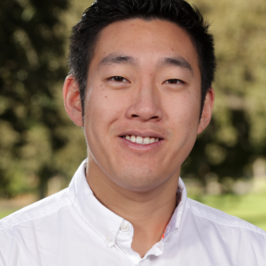
The Su Lab explores the synthesis and quantum transport properties of polysilane cluster materials. The lab works in two distinct yet interrelated subgroups. The first one focuses on the synthesis of molecular silicon materials, where our core directive to access and elaborate a new class of nanocrystalline silicon materials termed “silicon diamondoids” that are structurally precise nanoclusters of crystalline silicon. The second group studies charge transport in single-molecule electronics, where the lab is exploring the fundamentals and applications of destructive σ-quantum interference, a quantum phenomenon that is unique to constrained polysilanes.
Lab Wesbite
Michael Zachariah
Professor of Chemical Engineering
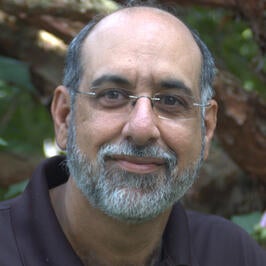
An undergraduate project will involve the development and use of 3-D printing methods to fabricate advanced nanocomposites that will form the basis for advanced high-performance fuels for space propulsion. The student will work with graduate students to investigate the combustion and chemical reaction behavior using advanced high-speed imaging and spectroscopic tools.
